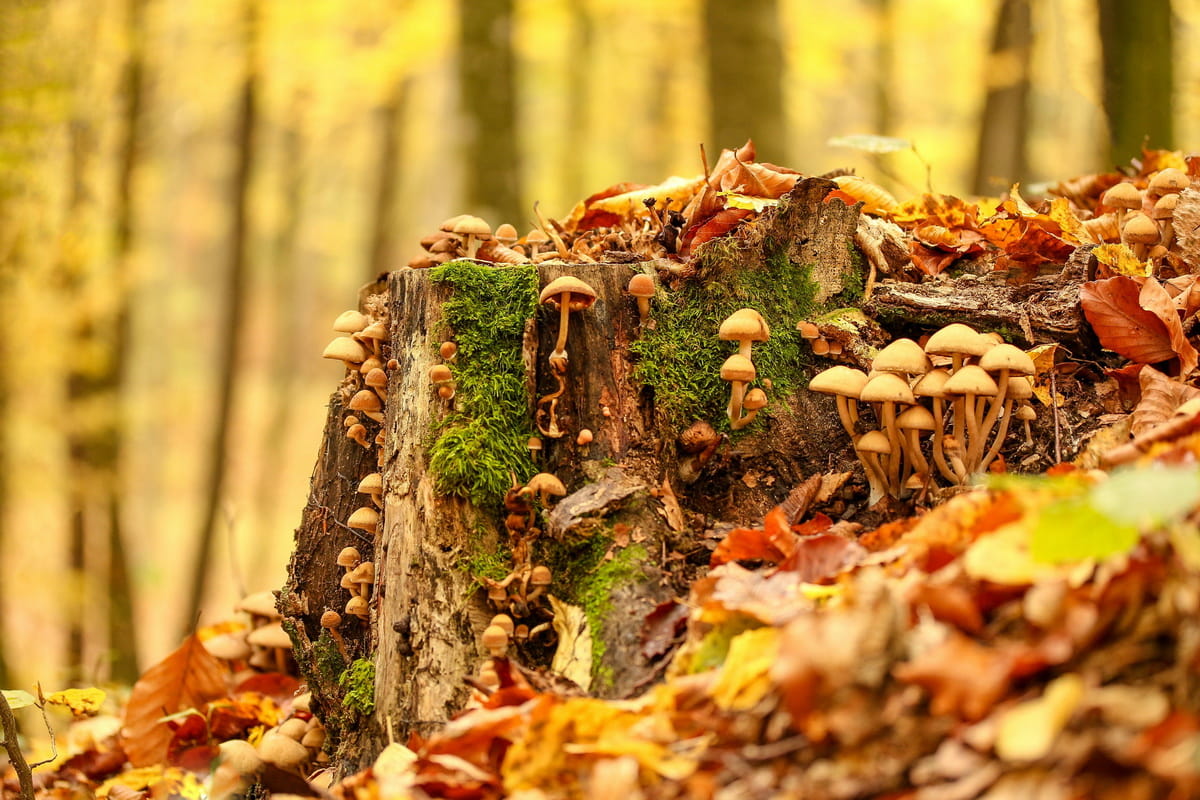Mushrooms, the silent rulers of the forest floor, are more than just a culinary delight. Did you know that some mushrooms can glow in the dark, offering an eerie yet captivating sight in the nocturnal woods? Or that the largest living organism on Earth is not an animal or a tree, but a mushroom network sprawling over miles?
These fascinating beings belong to an ancient kingdom of fungi, distinct from plants and animals, with a lineage that dates back millions of years. Unraveling these fun facts about mushrooms unveils a world where nature’s simplicity meets complexity, sparking curiosity and wonder.
1. Mushrooms: Neither Plant Nor Animal
Mushrooms defy traditional classification; they are part of the Fungi kingdom, distinctly separate from plants and animals. Unlike plants, they don’t photosynthesize; they absorb nutrients from their environment, often decomposing organic material. This crucial ecological role contributes to nutrient cycling and soil health.
Their cell structure is unique too, with walls made of chitin—the same material in insect exoskeletons—instead of cellulose like in plants. This distinct biology has fascinated scientists for centuries, leading to significant research in fields ranging from ecology to pharmacology.
2. The Largest Living Organism is a Mushroom
In Oregon’s Blue Mountains lies the world’s largest known living organism by area, a honey fungus (Armillaria ostoyae) that covers approximately 3.4 square miles (8.8 square kilometers) and is estimated to be over 2,400 years old.
Discovered in the late 20th century, this organism challenges our understanding of life scales. It’s primarily a network of mycelium underground, with its mushrooms visible above ground. This organism’s sheer size and age make it a subject of ecological and biological fascination, representing the vast, often unseen impact of fungal life.
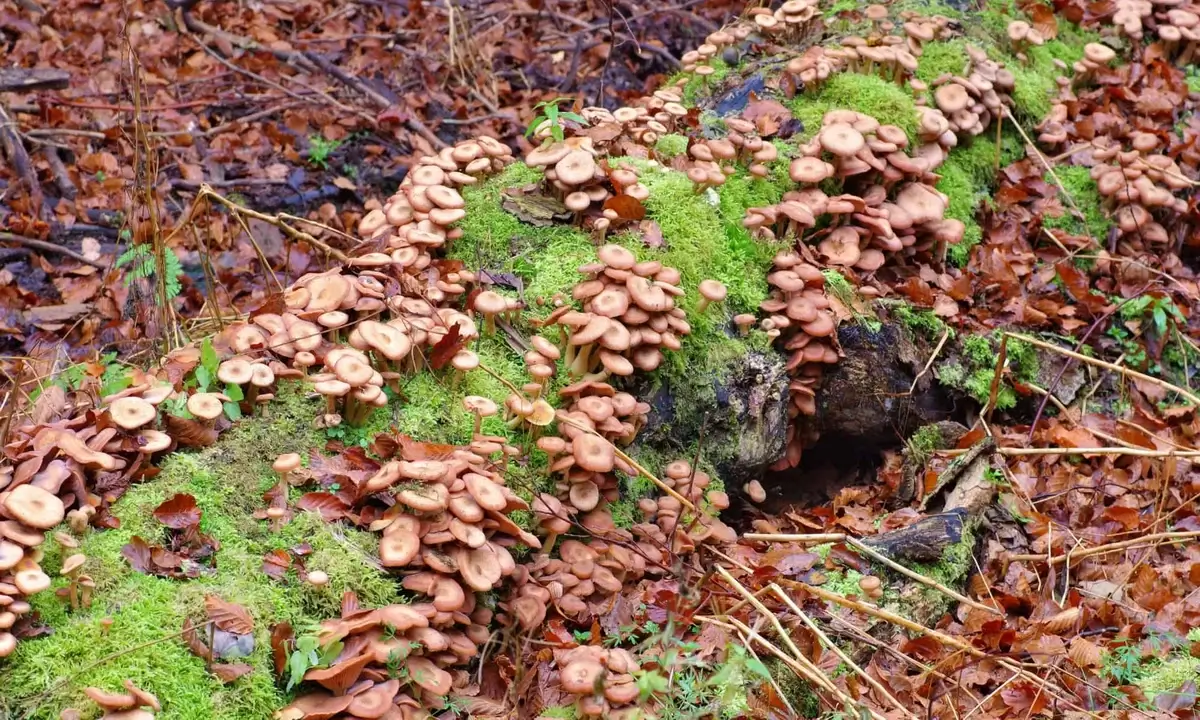
Image: a-z-animals.com
3. Mushrooms in Space: Fungal Frontiers
Mushrooms have transcended Earth’s atmosphere in NASA’s microgravity experiments on the International Space Station (ISS). These studies, initiated in the early 21st century, aim to understand how fungi adapt to space environments. This research is pivotal for potential space travel, considering mushrooms for sustainable food sources, waste decomposition, and even as potential producers of antibiotics in space.
The resilience and versatility of mushrooms in extreme conditions like space underscore their potential in future space missions and long-term human space habitation.
4. Bioluminescent Mushrooms: Nature’s Nightlights
Bioluminescent mushrooms, such as Mycena chlorophos, found in subtropical Asia, create a mesmerizing glow in the dark. This natural luminescence arises from a biochemical reaction involving luciferin, luciferase, and oxygen. Documented by scientists since the late 19th century, these glowing fungi are believed to attract insects to aid in spore dispersal.
With over 70 known luminescent species, these mushrooms offer a natural spectacle and have potential applications in environmental monitoring and biotechnological research due to their unique luminescent properties.
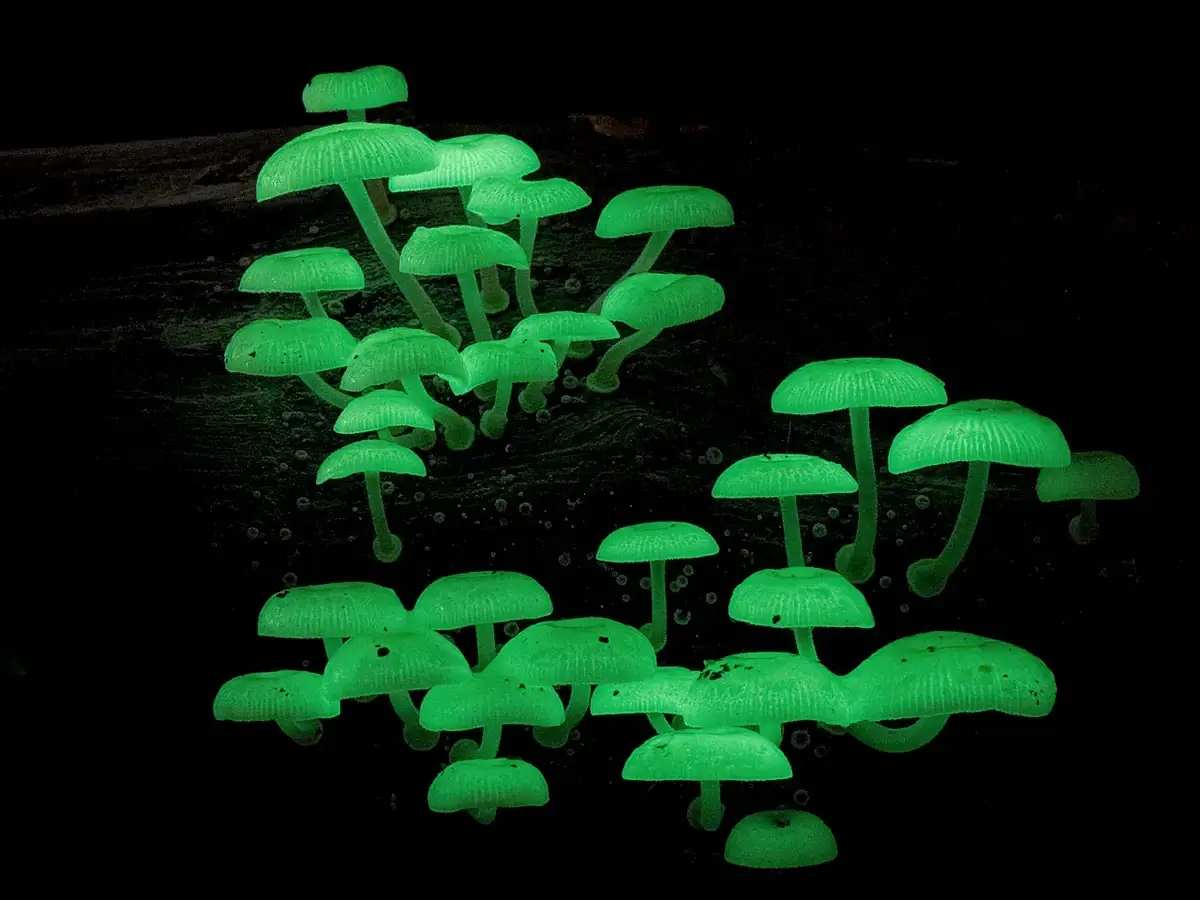
Mycena chlorophos. Image: commonnaturalist.com
5. Mushrooms and Chernobyl: A Radioactive Relationship
In the aftermath of the 1986 Chernobyl nuclear disaster, scientists discovered certain mushroom species, like Cryptococcus neoformans and Cladosporium sphaerospermum, thriving in the highly radioactive environment. These fungi exhibit a phenomenon called radiosynthesis, using radiation as an energy source, much like plants use sunlight.
Studies, particularly since the early 2000s, have shown these mushrooms can absorb and concentrate radioactive material, offering potential uses in bioremediation to clean up radioactive sites.

Mushrooms in Chernobyl. Image: chernobyl-international.com
6. Mushrooms in Medicine: Ancient Remedies, Modern Miracles
For thousands of years, mushrooms have been used in traditional medicine, particularly in Asian cultures. Modern science has validated many of these ancient uses. For example, the reishi mushroom (Ganoderma lucidum) has been used for its immune-boosting properties since at least 206 B.C. in China. In contemporary medicine, compounds from mushrooms like Penicillium (the source of penicillin discovered in 1928) and other fungi are crucial in antibiotic production.
Ongoing research into mushroom-derived compounds shows potential in treating cancer, Alzheimer’s, and heart disease.
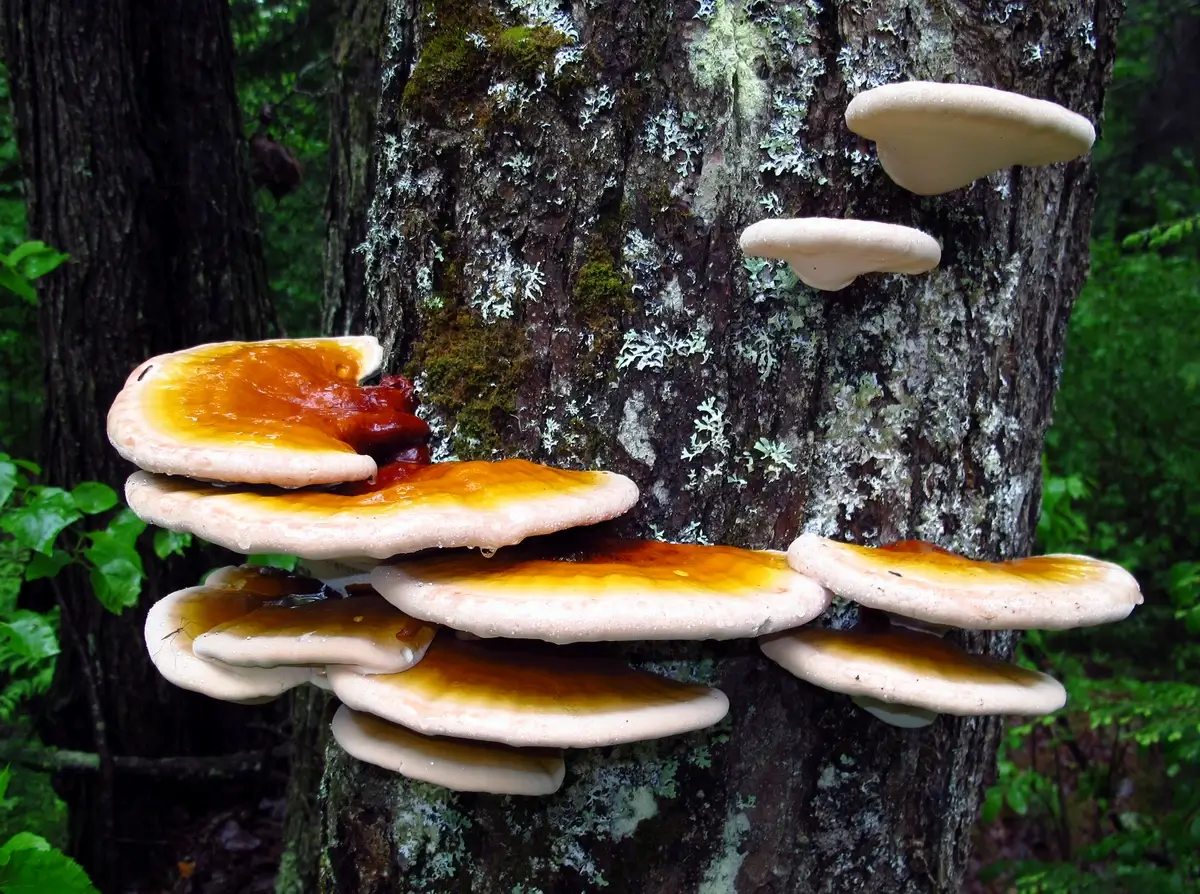
Reishi mushroom (Ganoderma lucidum). Image: naturalhealthyliving.net
7. The Magic of Psychedelic Mushrooms
Psychedelic mushrooms, primarily those containing psilocybin, have been used in ritualistic and medicinal contexts for millennia. Notably, the Aztecs referred to Psilocybe mushrooms as “teonanácatl,” meaning “flesh of the gods,” used in religious ceremonies.
Modern research, particularly gaining momentum since the 2000s, is exploring psilocybin’s therapeutic potential in treating depression, anxiety, and PTSD, with several clinical trials showing promising results.
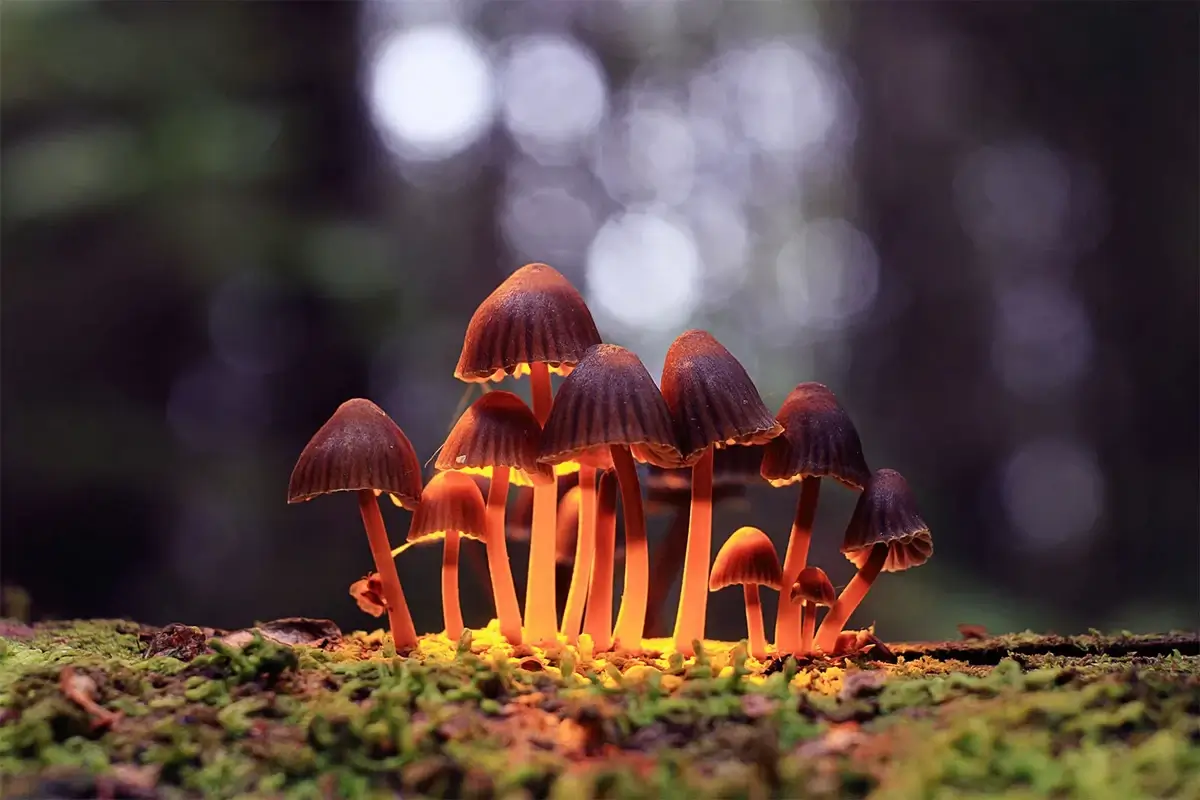
Psilocybe mushrooms in a natural setting. Image: Britannica
8. Truffle Hunting: A High-Stakes Fungal Adventure
Truffles, the highly prized and elusive mushrooms, have created a unique and lucrative industry. Truffle hunting, traditionally using pigs and now more commonly dogs, is a skillful pursuit. The most sought-after varieties, like the White Truffle of Alba and the Périgord Black Truffle, can fetch thousands of dollars per kilogram.
The history of truffle hunting dates back to at least the Roman times, with written records from the 20th century B.C. in Mesopotamia mentioning their culinary use.
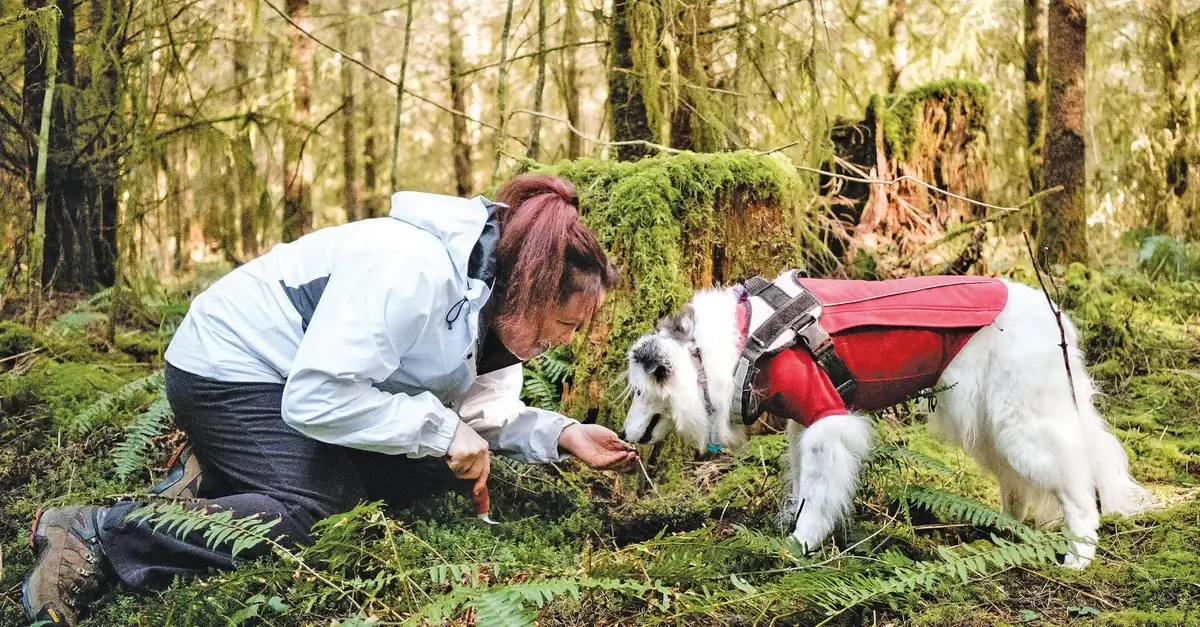
Truffle hunting with dogs. Image: charlottecounty.floridaweekly.com
9. The Deadly Beauty of Poisonous Mushrooms
While many mushrooms are edible, others are deadly. Species like Amanita phalloides, commonly known as the Death Cap, contain potent toxins that can cause liver and kidney failure. Historical records, including the rumored assassination of Roman Emperor Claudius in 54 A.D., highlight the lethal use of poisonous mushrooms.
Modern science has identified the specific toxins, such as alpha-amanitin, responsible for their deadly effects. These findings underscore the importance of accurate mushroom identification and have led to advancements in treating mushroom poisoning.
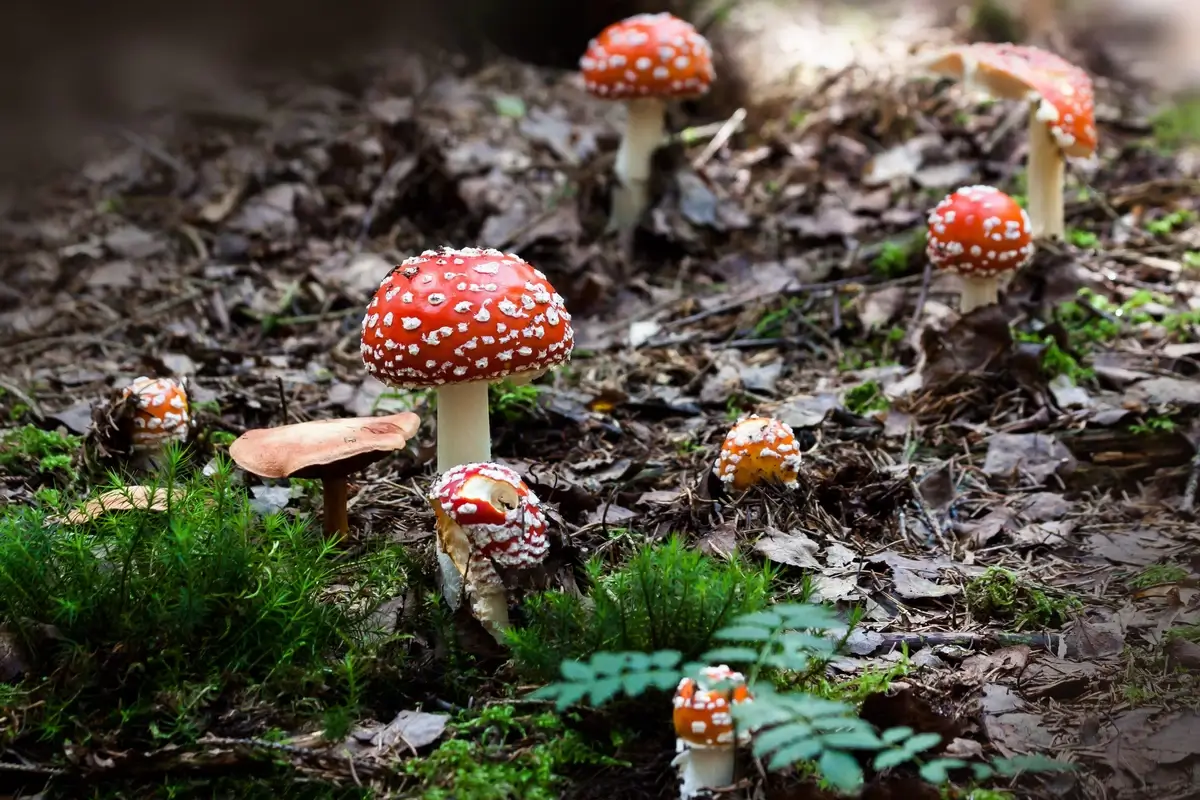
Fly agarics are poisonous mushrooms. Pixabay / Pexels
10. Mushrooms as Natural Pesticides
Mushrooms are emerging as a revolutionary tool in pest control, offering a sustainable alternative to chemical pesticides. The discovery of fungi like Metarhizium anisopliae, which infects and kills pests like locusts and beetles without harming crops, has led to the development of biopesticides.
This approach, gaining traction since the early 2000s, aligns with the rising demand for organic farming practices. It showcases mushrooms’ role in promoting eco-friendly agriculture while effectively managing pest populations.
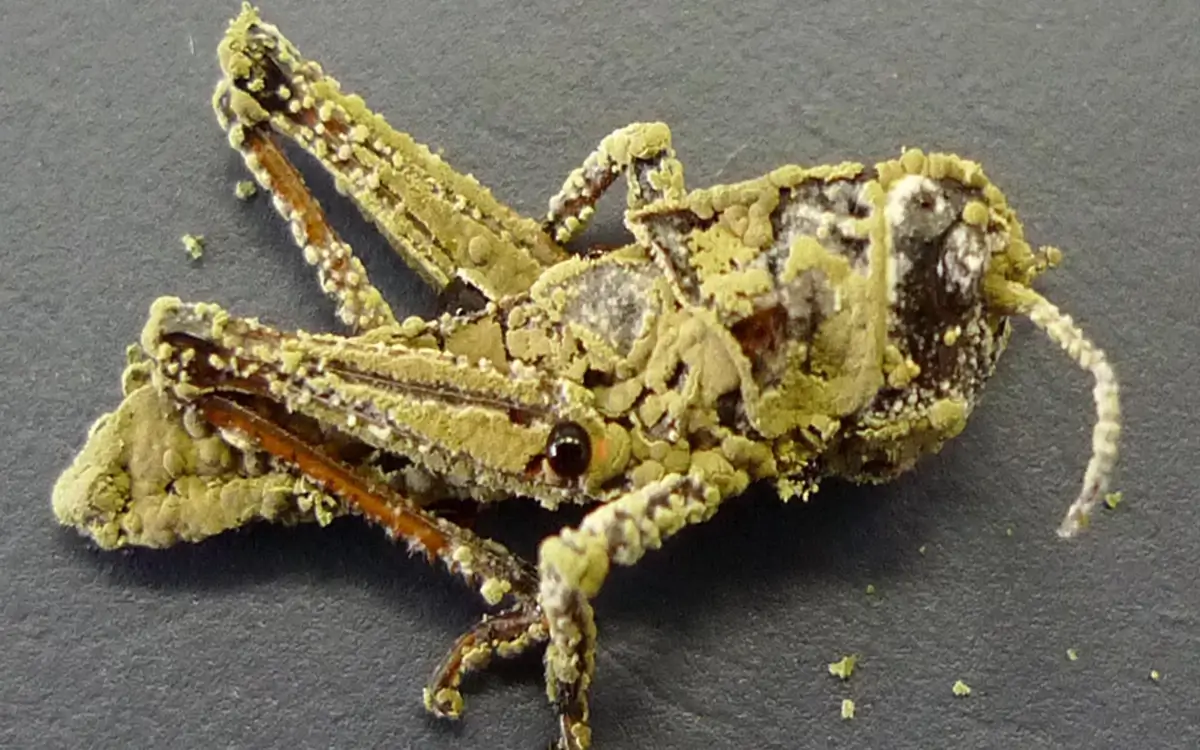
Locust killed by Metarhizium anisopliae. Image: zhuoerchem.com
11. Fungi Farming: Ants and Mushrooms in Symbiosis
In a remarkable display of agriculture predating human farming, leafcutter ants have been cultivating fungi for over 30 million years. These ants harvest leaves, which they use to cultivate fungal gardens as their primary food source.
This symbiotic relationship, a subject of extensive research since its discovery in the 19th century, illustrates the complexity and sophistication of insect-fungi interactions and has significant implications for studying ecosystem dynamics and evolutionary biology.
12. Mushrooms in Art and Mythology
Mushrooms have a rich presence in art and mythology, symbolizing various themes from immortality to enlightenment. Historically, they’ve appeared in Renaissance paintings and ancient folklore. The fly agaric mushroom (Amanita muscaria), with its iconic red cap and white spots, often appears in fairy tales and has been linked to the Viking berserkers’ legendary frenzies.
These cultural depictions, dating back centuries, reflect the deep-rooted fascination and mystical qualities attributed to mushrooms in human history.
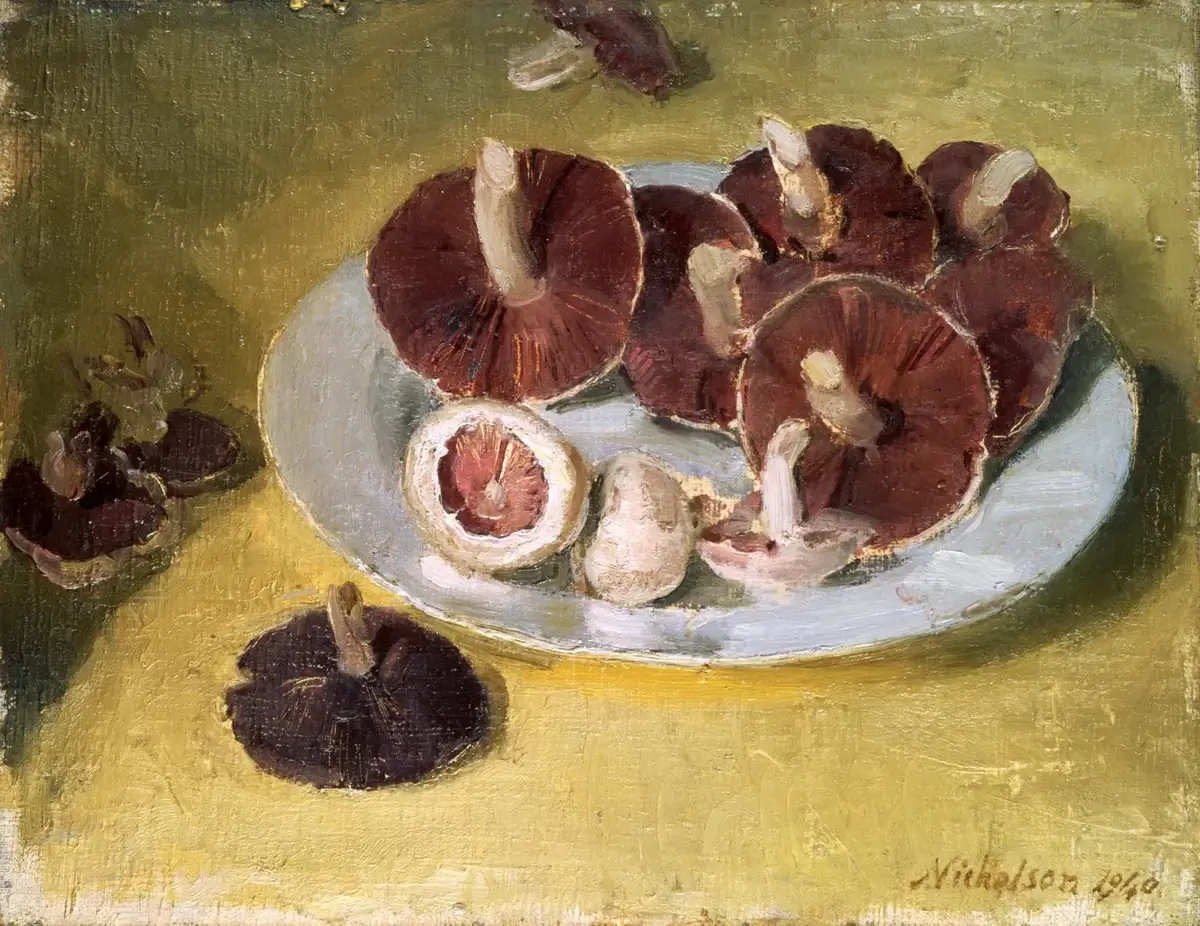
Sir William Nicholson, Mushrooms, 1940. Image: tate.org.uk
13. The Mushroom that Tastes Like Chicken
The chicken of the woods mushroom (Laetiporus sulphureus), known for its striking resemblance in taste to chicken, is a culinary delight. Found in both Europe and North America, this mushroom is not only a popular choice among foragers but also an interesting subject for culinary experimentation. Its meaty texture and flavor, similar to poultry, make it a favored vegetarian substitute.
The chicken of the woods, apart from its gastronomic appeal, is studied for its potential medicinal properties, including anti-inflammatory effects.
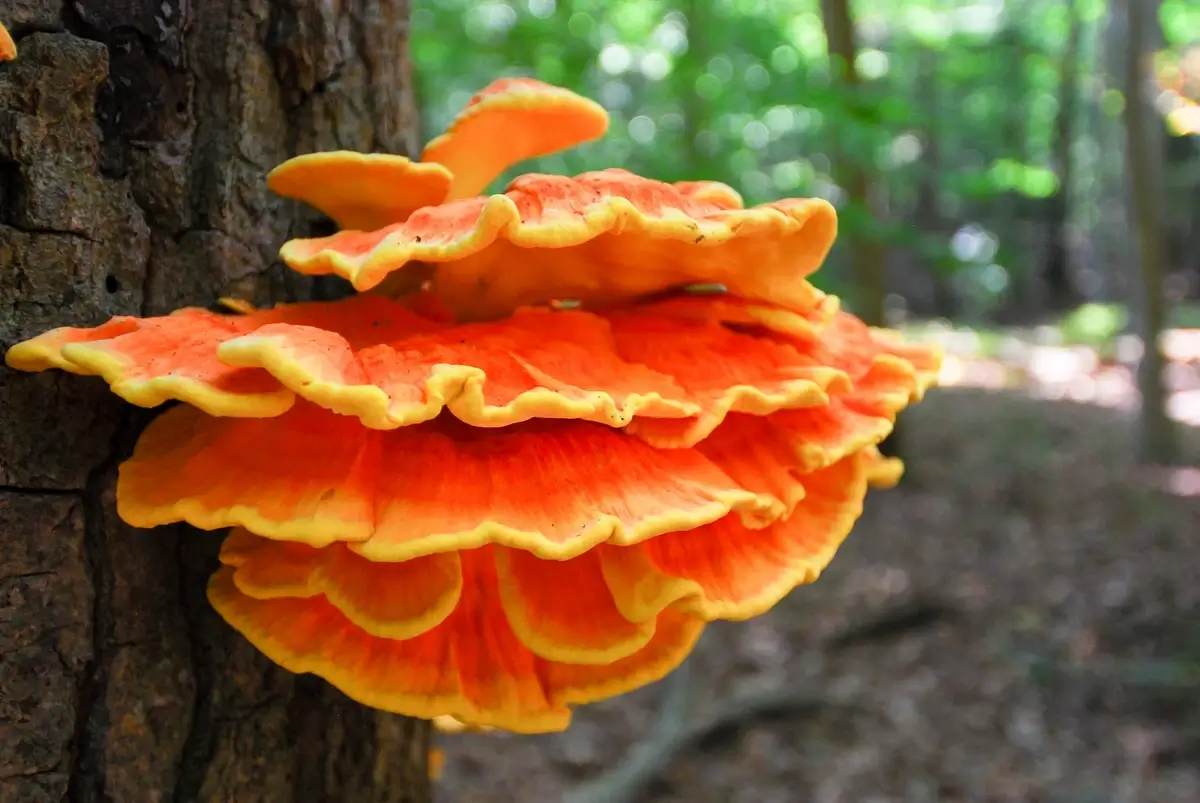
Chicken of the woods mushroom in a natural setting. Image: inaturalist.org
14. Mushrooms in War: The Hallucinogenic Weapon
The use of hallucinogenic mushrooms as a weapon dates back to ancient times. Notably, during the Vietnam War, there were reports of Viet Cong using mushrooms containing psilocybin to disorient American troops. This unconventional warfare tactic capitalized on the psychoactive properties of these mushrooms to create confusion and fear among soldiers.
The strategic use of natural hallucinogens in warfare, while not extensively documented, opens a window into the diverse applications and impacts of mushrooms throughout human history.
15. The Environmental Heroes: Mushrooms in Bioremediation
Mushrooms are proving to be invaluable in bioremediation, the process of using living organisms to detoxify polluted environments. Certain fungi, like the oyster mushroom (Pleurotus ostreatus), have the remarkable ability to break down petroleum and other toxic substances in soil. This capability, explored in-depth since the 1990s, is due to enzymes that deconstruct long-chain hydrocarbons in pollutants.
This environmentally friendly and cost-effective method offers a promising solution for cleaning up oil spills and contaminated sites, positioning mushrooms as eco-warriors in the fight against pollution.
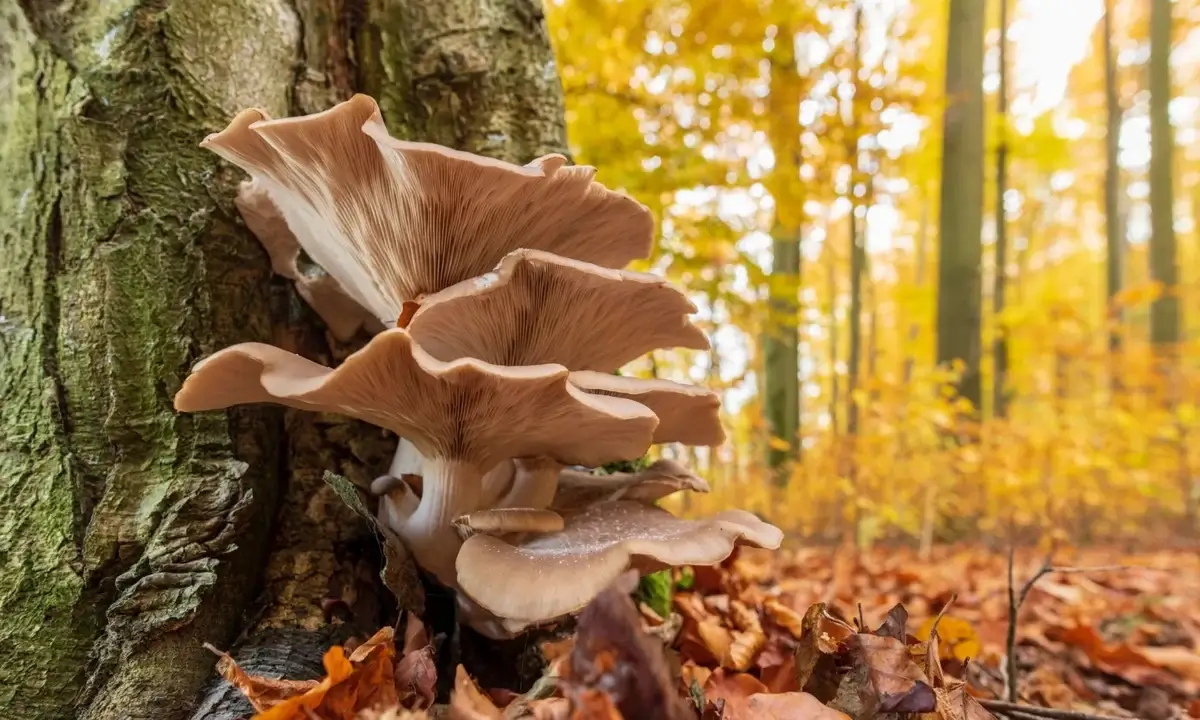
Oyster mushrooms used in bioremediation projects. Image: yesmagazine.org
16. Mushroom Spores: Surviving in Space
Mushroom spores have an extraordinary ability to withstand extreme conditions, including space. Studies, including those conducted by NASA, have shown that certain mushroom spores can survive the vacuum and radiation of space. This resilience is attributed to their thick, protective cell walls and unique DNA repair mechanisms.
Understanding how these spores endure such harsh environments could have significant implications for astrobiology and the search for extraterrestrial life, as well as the potential for fungi in space colonization.
17. The Mushroom with More Vitamin D than Milk
The UV-exposed Portobello mushroom is a nutritional powerhouse, boasting higher levels of Vitamin D than milk. When exposed to sunlight, these mushrooms synthesize Vitamin D in a way similar to how human skin does. This fact, coming into the spotlight in nutritional research since the early 2000s, makes them a vital dietary component, especially for vegetarians and vegans.
Incorporating UV-exposed mushrooms into diets can significantly enhance Vitamin D intake, crucial for bone health and immune system functioning.
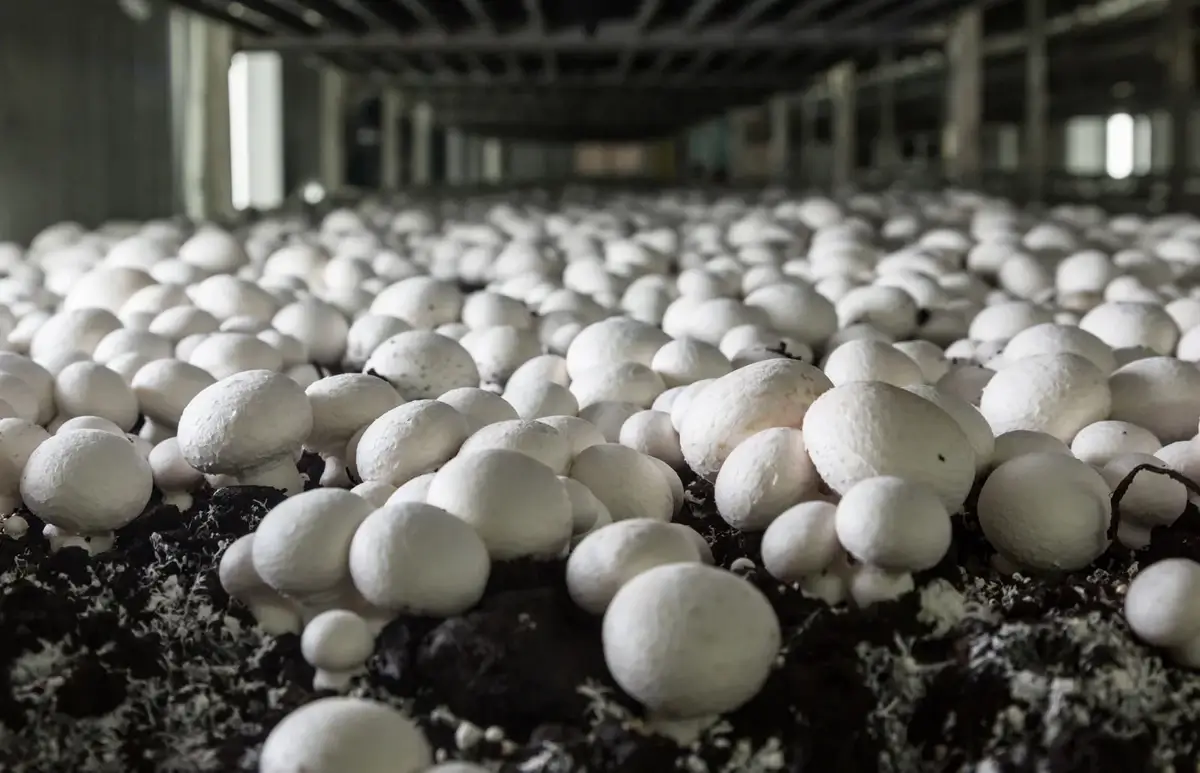
Image: Britannica
18. Mushrooms in Literature: Symbolism and Storytelling
In literature, mushrooms have often been a symbol of the mysterious and otherworldly. Lewis Carroll’s “Alice in Wonderland,” published in 1865, famously features a caterpillar sitting on a mushroom, offering Alice advice. This scene has been interpreted as a metaphor for growth and transformation, themes recurrent in mushroom symbolism.
Mushrooms’ ability to emerge suddenly and transform landscapes overnight has led to their literary portrayal as elements of surprise and the unknown. Their use in folklore and stories frequently parallels themes of magic and the supernatural, reflecting their unique and often perplexing nature in the real world.
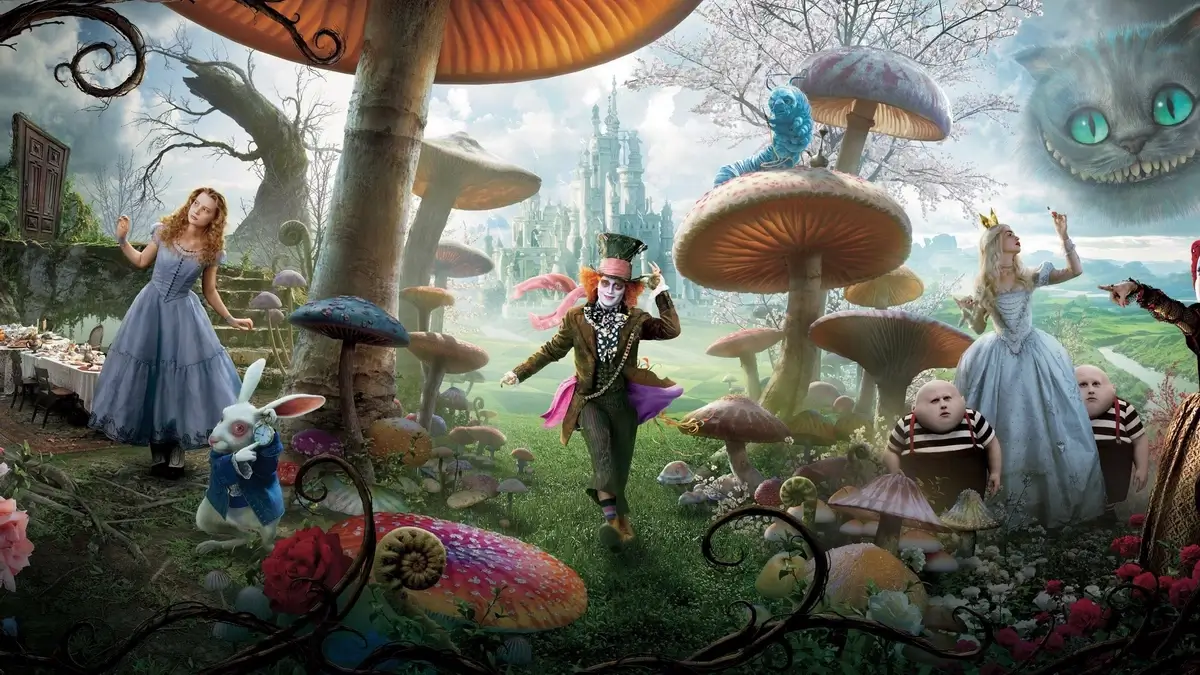
Image: besthdwallpaper.com
19. The Ancient Mushroom Cultures of Mesoamerica
In ancient Mesoamerican cultures, mushrooms held significant religious and ceremonial importance. The Aztecs, Maya, and other indigenous peoples used psychoactive mushrooms in their rituals, believing them to be sacred. Codices and archaeological evidence dating back to pre-Columbian times depict the ceremonial use of these “flesh of the gods” mushrooms.
This historical aspect of mushrooms provides a window into the spiritual and cultural practices of ancient civilizations and highlights the longstanding relationship between humans and these fascinating fungi.
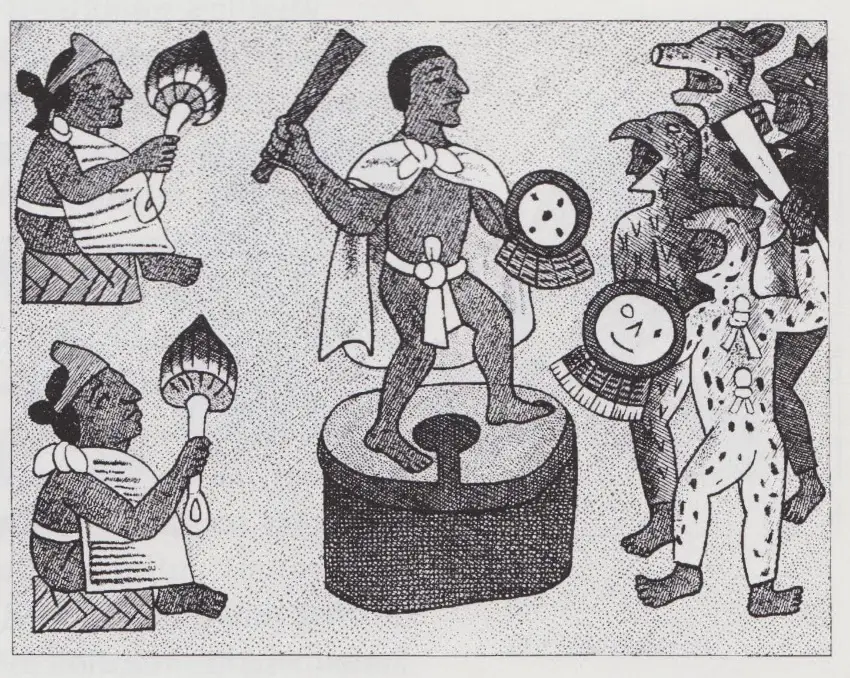
Image: psychedelicalpha.com
20. Giant Mushrooms: From Fairy Tales to Reality
Giant mushrooms, often depicted in fairy tales and fantasy, do have real-life counterparts. The largest mushroom caps can be found in species like the Giant Puffball (Calvatia gigantea), which can grow up to 70 cm in diameter.
Discovered and documented in the late 19th century, these imposing fungi are not only a wonder to behold but also edible. Their size and unique appearance have made them a subject of fascination in both scientific study and popular culture, bridging the gap between mythical imagery and natural reality.
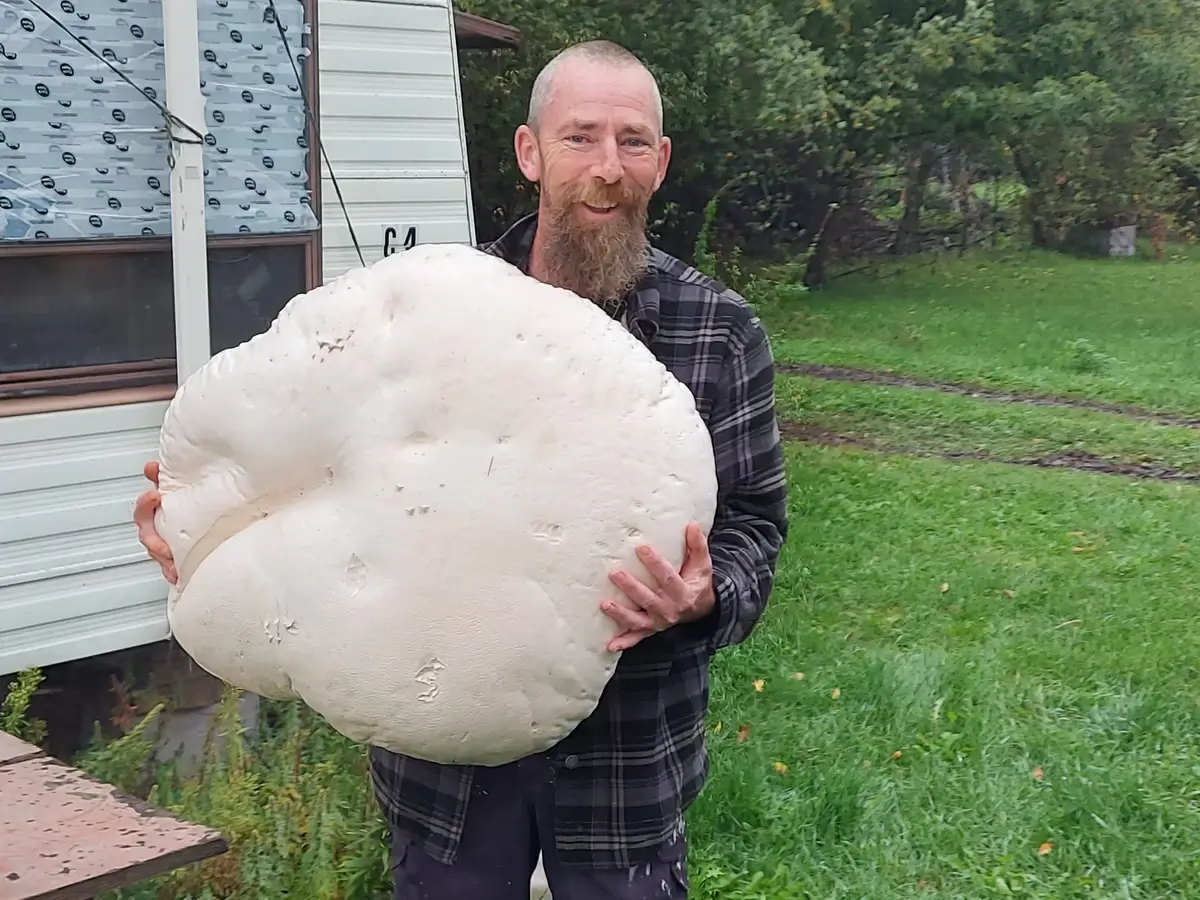
Giant puffball mushroom. Image: orilliamatters.com
21. The Economic Impact of Mushroom Cultivation
The global mushroom market, valued at over $45 billion in 2020, is a testament to the significant economic impact of mushroom cultivation. This industry has seen a rapid growth, particularly in the 21st century, driven by increasing demand for diverse mushroom types including shiitake, oyster, and reishi.
China leads the production, contributing over 70% of the world’s mushrooms. The United States and the Netherlands follow, with the U.S. producing over 900,000 tons annually. The industry not only boosts global food markets but also contributes to advancements in pharmaceuticals and biotechnology, as mushrooms are explored for their medicinal properties.
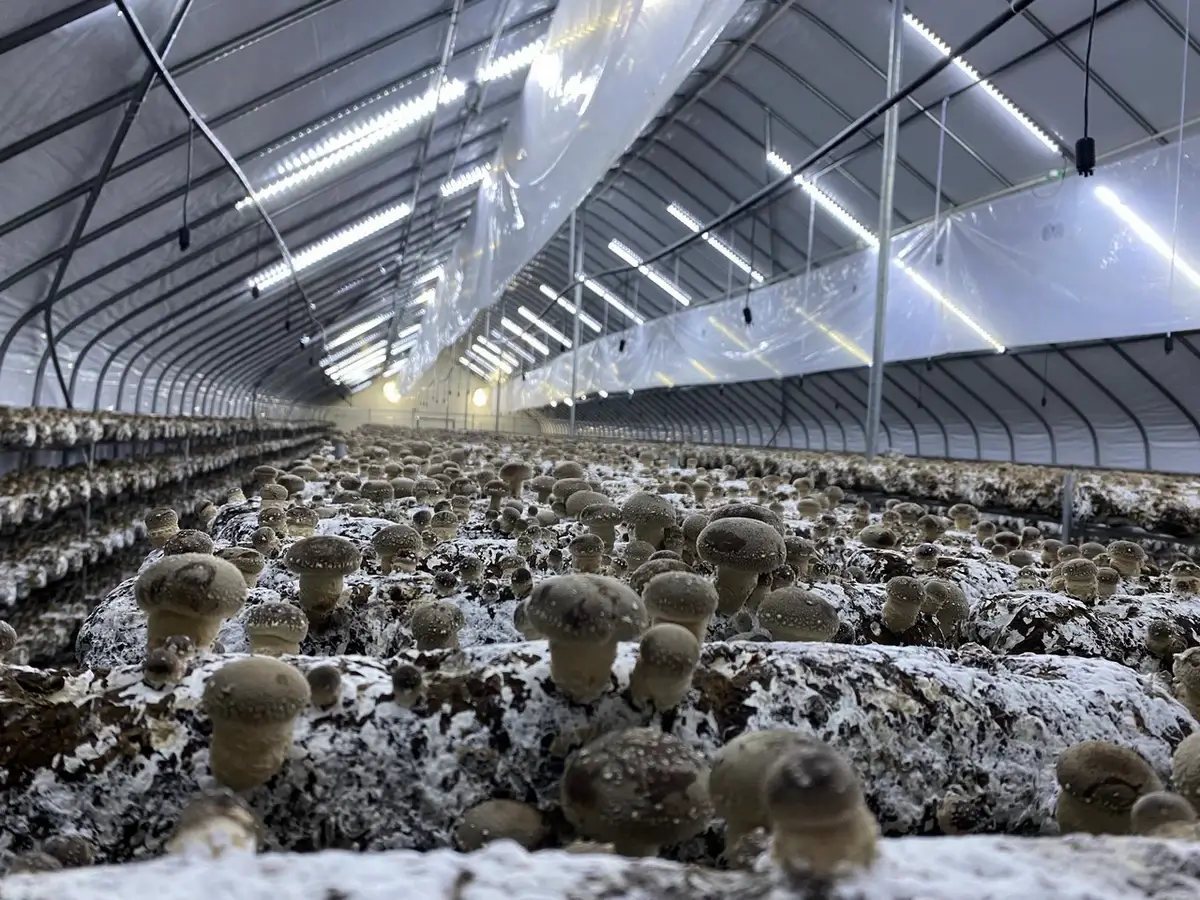
Shiitake mushroom cultivation in a modern farm. Image: freshplaza.com
22. Mushrooms in Fashion: The Rise of Fungal Fabrics
Mushrooms are making a mark in the fashion industry with the development of sustainable, fungal-based fabrics. Materials derived from mycelium, the root-like structure of mushrooms, are being used to create leather-like textiles. This innovation, gaining momentum since the 2010s, offers an eco-friendly alternative to animal leather and synthetic materials.
Brands and designers are increasingly exploring these biodegradable fabrics for their durability and lower environmental footprint, signaling a shift towards more sustainable fashion practices.

Image: cbc.ca
23. The Role of Mushrooms in Ecosystems
Mushrooms play a crucial role in ecosystems as decomposers. They break down organic matter, recycling nutrients back into the soil, an essential process for forest health and regeneration. Some species form symbiotic relationships with plants, enhancing root absorption and resistance to pathogens.
This ecological significance, studied extensively since the 20th century, highlights the indispensable role of fungi in maintaining biodiversity and ecological balance.

Mushrooms decomposing fallen wood in a forest. Image: populismstudies.org
24. Mushrooms as a Source of Sustainable Building Materials
Mycelium, the root structure of mushrooms, is at the forefront of sustainable building material innovation. First conceptualized in the early 2000s, mycelium-based materials have been developed for their strength, lightweight, and insulation properties.
Companies like Ecovative Design have pioneered this technology, creating materials that can replace plastic foams and wood. These mycelium composites, fully biodegradable and with minimal environmental impact, represent a major shift towards eco-friendly construction.
The development of mycelium bricks and panels demonstrates the potential for a future where buildings are grown from fungi, significantly reducing the construction industry’s carbon footprint.
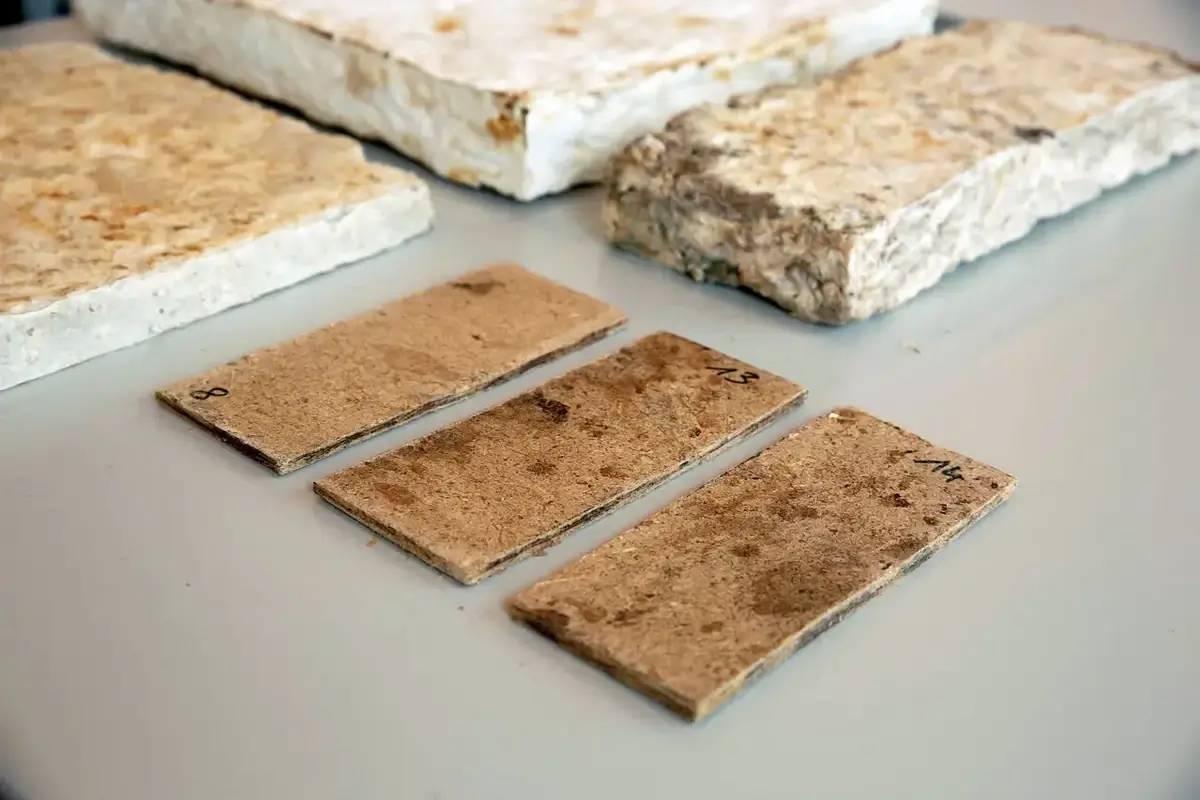
Image: straitstimes.com
25. The Future of Mushrooms in Biotechnology
The future of mushrooms in biotechnology is promising, with potential applications ranging from pharmaceuticals to environmental solutions. Fungi are being studied for their ability to produce novel antibiotics, enzymes, and other bioactive compounds. Their use in bioremediation and as biofuels is also being explored.
With advancements in genetic engineering and fungal cultivation, mushrooms are poised to play a significant role in addressing global challenges like antibiotic resistance, pollution, and sustainable energy production.
FAQ
What makes mushrooms so special?
Mushrooms are unique because they belong to the fungi kingdom, distinct from both plants and animals. Unlike plants, mushrooms don’t photosynthesize; they absorb nutrients from their environment. They have a diverse range of shapes, sizes, and colors, and offer a variety of nutritional benefits.
Mushrooms are low in calories but high in protein, vitamins (like vitamin D and B vitamins), minerals, antioxidants, and dietary fiber. Additionally, they have been used in traditional medicine for centuries, offering benefits such as immune system support and potential cancer-fighting properties.
Their ecological role as decomposers makes them crucial for nutrient cycling and soil health. Also, some mushrooms contain psychoactive compounds like psilocybin, and a few even display bioluminescence, glowing in the dark.
Can mushrooms glow in the dark?
Yes, some mushrooms can glow in the dark. This bioluminescence is a unique feature found in a few mushroom species. It is caused by a chemical reaction that produces light. These glowing mushrooms create enchanting displays in the forests where they grow, adding to the mystical allure of these organisms.
How long do mushrooms live?
The lifespan of mushrooms varies greatly depending on the species. Some mushrooms may live only a few hours to days once they have emerged from the ground and released their spores, while others, especially those part of larger fungal networks (mycelium), can live much longer. The fruiting body of the mushroom, which we commonly see and eat, is just a small, reproductive part of a larger mycelial network that can live for years, sometimes even decades.
Are mushrooms clever?
While mushrooms are not “clever” in the human sense, they display a fascinating form of biological intelligence. The mycelium, the root-like network of a mushroom, can navigate complex environments to find food and can even form mutually beneficial relationships with other organisms. This adaptive behavior and the ability to interact with the environment in sophisticated ways demonstrate a unique kind of intelligence inherent in the fungal kingdom.
How old are mushrooms?
Mushrooms, in the broader context of fungi, are ancient organisms. Fossil records indicate that fungi have existed for hundreds of millions of years. Some of the earliest clear evidence of land fungi dates back to about 460-455 million years ago. Thus, mushrooms have been an integral part of Earth’s ecosystems for a very long time.
Do mushrooms have a purpose?
Mushrooms serve several crucial ecological purposes. They are key decomposers in ecosystems, breaking down dead organic matter, which recycles nutrients back into the soil. This process is vital for the health of ecosystems.
Additionally, some mushrooms form symbiotic relationships with plants, aiding in nutrient absorption. In human contexts, mushrooms are used for their nutritional and medicinal properties and have a growing role in sustainable technologies and bioremediation.
What is a group of mushrooms called?
A group of mushrooms, particularly when they grow in a close, intertwined manner, is commonly referred to as a “clump” or a “cluster.” These terms describe the physical arrangement of multiple mushrooms growing together in proximity, often from the same mycelial network.


